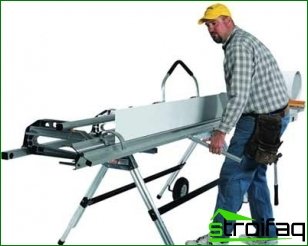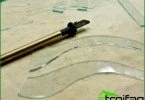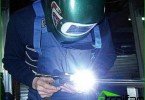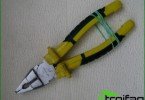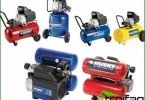Metal products are widely used in various fields of human activity. Despite the constant search and development of industries that produce alternative materials that can replace metal to some extent, it is still impossible to imagine such industrial areas as aircraft manufacturing, machine building, car building, construction, the oil and gas industry, without the use of metal products.
The metallurgical industry produces metal in the form of rolls and sheets, varying in thickness, width and length. For the further use of metal, special equipment is required that forms sheets or rolls into the necessary products: pipes, cylinders, shells, channels, profiles of various configurations, etc..
There are 2 ways to work with metal:
• with pre-heating (for example, forging, welding, annealing);
– cold bending with a sheet bending machine.
Features of cold bending of metals.
Listogib – this equipment allows you to work with the material without pre-heating, without the use of welding. The principle of the design of the bending machine is based on the use of the press, on working with metal under pressure, which in turn can be: mechanical, hydraulic, pneumatic or manual.
Using a listogib in work, products will have a number of advantages:
• seamless joints, reduce the risk of cracks and structural discrepancies;
• monolithic products are highly resistant to mechanical stress;
• cast metal structures are less susceptible to corrosion processes, which increases wear resistance and extends their life.
Types of sheet bending machine.
There are several types of bending machines that differ in the method of pressure on the metal, production capacity, control method, as well as the presence of additional features.
Distinguish:
– manual bending machine – characterized by a high degree of reliability. Unlike a sheet bending machine, it is lightweight (no more than 200 kg), compact, safe, used for processing thin sheets of steel, copper, aluminum and other alloys, suitable for small industries (metalwork, mechanical, automobile workshops) for working with sheet blanks ;
– press brake – a machine of a more complex design, allows you to make products from roll and sheet blanks, equipped with a sensor that determines the angle of bending. It is suitable for the production of small serial lots. When using special nozzles, it allows bending along the radius, punching holes, stamping the workpiece, as well as producing parts of complex configuration in one go;
– plate bending machine – has the most complex design, which is dictated by the advanced capabilities of this unit. It is possible to work with all types of workpieces of various thickness and length.
Scope of the bending machine.
Demand for metal products remains at its peak. The bending machine is in demand where production technology requires a change in the shape of the metal for subsequent use, for example:
• automotive industry;
• mechanical engineering;
• residential and industrial construction;
Metal products are widely used in various fields of human activity. Despite the constant search and development of industries that produce alternative materials that can replace metal to some extent, it is still impossible to imagine such industrial areas as aircraft manufacturing, machine building, car building, construction, the oil and gas industry, without the use of metal products.The metallurgical industry produces metal in the form of rolls and sheets, varying in thickness, width and length. For the further use of metal, special equipment is required that forms sheets or rolls into the necessary products: pipes, cylinders, shells, channels, profiles of various configurations, etc..
There are 2 ways to work with metal:
• with pre-heating (for example, forging, welding, annealing);
– cold bending with a sheet bending machine.
Features of cold bending of metals.
Listogib – this equipment allows you to work with the material without pre-heating, without the use of welding. The principle of the design of the bending machine is based on the use of the press, on working with metal under pressure, which in turn can be: mechanical, hydraulic, pneumatic or manual.
Using a listogib in work, products will have a number of advantages:
• seamless joints, reduce the risk of cracks and structural discrepancies;
• monolithic products are highly resistant to mechanical stress;
• cast metal structures are less susceptible to corrosion processes, which increases wear resistance and extends their life.
Types of sheet bending machine.
There are several types of bending machines that differ in the method of pressure on the metal, production capacity, control method, as well as the presence of additional features.
Distinguish:
– manual bending machine – characterized by a high degree of reliability. Unlike a sheet bending machine, it is lightweight (no more than 200 kg), compact, safe, used for processing thin sheets of steel, copper, aluminum and other alloys, suitable for small industries (metalwork, mechanical, automobile workshops) for working with sheet blanks ;
– press brake – a machine of a more complex design, allows you to make products from roll and sheet blanks, equipped with a sensor that determines the angle of bending. It is suitable for the production of small serial lots. When using special nozzles, it allows bending along the radius, punching holes, stamping the workpiece, as well as producing parts of complex configuration in one go;
– plate bending machine – has the most complex design, which is dictated by the advanced capabilities of this unit. It is possible to work with all types of workpieces of various thickness and length.
Scope of the bending machine.
Demand for metal products remains at its peak. The bending machine is in demand where production technology requires a change in the shape of the metal for subsequent use, for example:
• automotive industry;
• mechanical engineering;
• residential and industrial construction;
• production of household appliances and electronics, etc..
